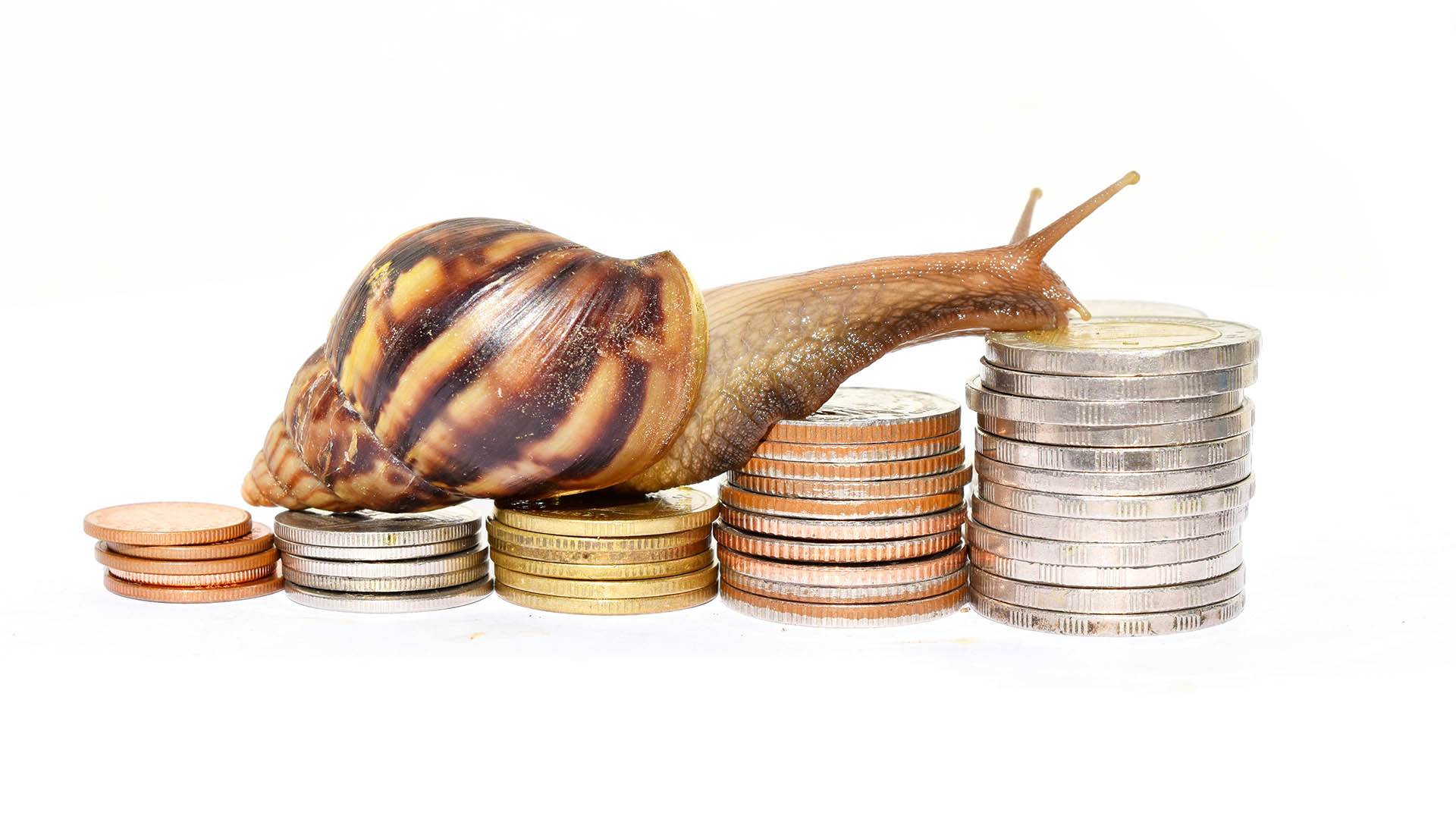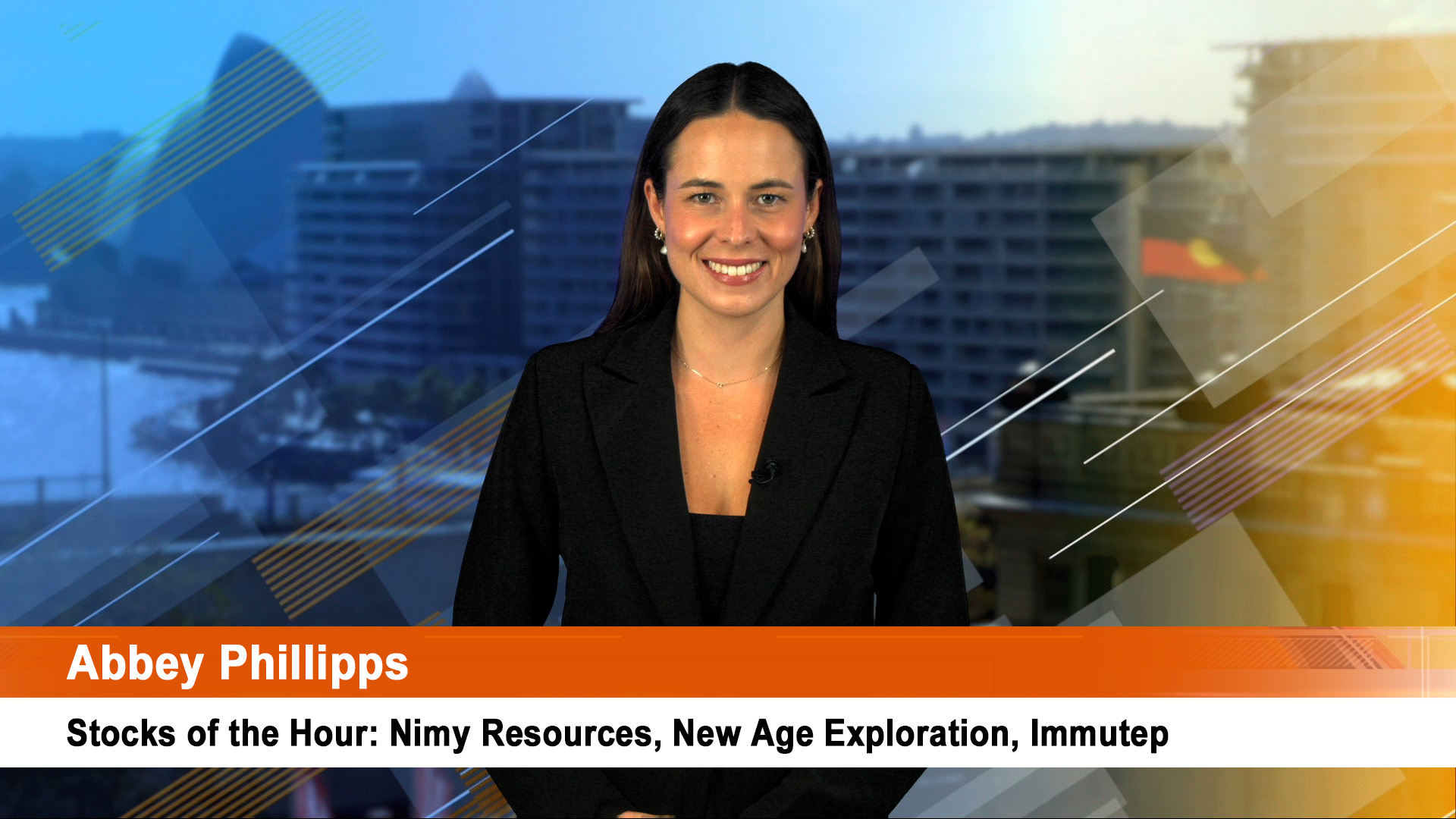In contrast to the solid result from Djerriwarrh, another listed investor, Platinum Capital, yesterday revealed why it is expecting a loss for the December half, after reporting a profit for the previous corresponding period in 2009.
Platinum is an offshore investor which concentrates in finding value in economies from China to the US, Europe, Japan and Korea.
Its results have been mixed, caught by the strength of the Australian dollar and the mixed nature of the rebound in many offshore markets.
The company last week warned that it would report a pre-tax operating loss of "between $7 million and $10 million" for the six months to December 31.
That compares with the profit of $22.1 million earned for the six months to December 31, 2009.
"Under Accounting Standards, realised profits and losses are added to or reduced by changes in the market value of the Company’s investments. This can lead to large variations in reported profits for companies, such as PMC," Platinum said in its January 12 filing with the ASX.
In its December quarter report, issued yesterday, the company said its "performance of Platinum Capital Limited was disappointing; caution being the main culprit".
The main measure for global performance is the MSCI World Index and while it fell by 1.1% when expressed in A$ it was much stronger when expressed in other currencies, such as the US dollar or the Yen.
The Index rose 2.7% (in A$) for the quarter.
"The Company’s investment portfolio declined 3.4% (pre-tax) for the year after losing 0.9% for the quarter.
"Over two years and longer, our performance is well-ahead of the Index but we are conscious that investors look to the short-term for corroboration about the proficiency of their manager," Platinum said.
That decline in the pre-tax value of the portfolio helps explain the predicted loss for the half.
The fall in net asset backing from $1.2700 at October 31 to $1.2517 at December 31 was around 1.44%.
Platinum argues that this is a much better guide to the fund’s performance.
That is why the company’s market performance has seen the shares fall to $1.43 (steady on the day) yesterday from $1.47 at the end of December, but they are up from the $1.40 at the end of October.
The company also blamed itself for the underperformance, with the previously mentioned caution a big factor.
"Firstly, this approach led us to avoid the Australian dollar, which we still do as we regard it as a call option on growth, and secondly, the short positions are expensive insurance in a rising market.
"Importantly, several of our largest holdings (what some would classify as ‘blue chips’) have reported sound earnings growth yet the market has de-rated them as it chased those with more leverage to the recovery.
"These holdings are now trading well-below the rating of the market average despite superior track records.
"Evidence of recovery has improved since we last wrote but equally pressures of inflation have become more pronounced in the developing countries.
"Almost free funding is finding its way into aggressive bets on commodity prices and this is washing into the real economy.
"Importantly, we can still find a large number of companies that offer investment merit and we have been adding to these stocks. Our top 15 stocks show the diversity in sectors.
"We are comfortable with these holdings regardless of the environment 2011 may bring.
"Defensive companies are well-represented and are notably cheap.
"However, we have also been adding new names which have substantial earnings leverage that should add to the Company’s momentum this year."













